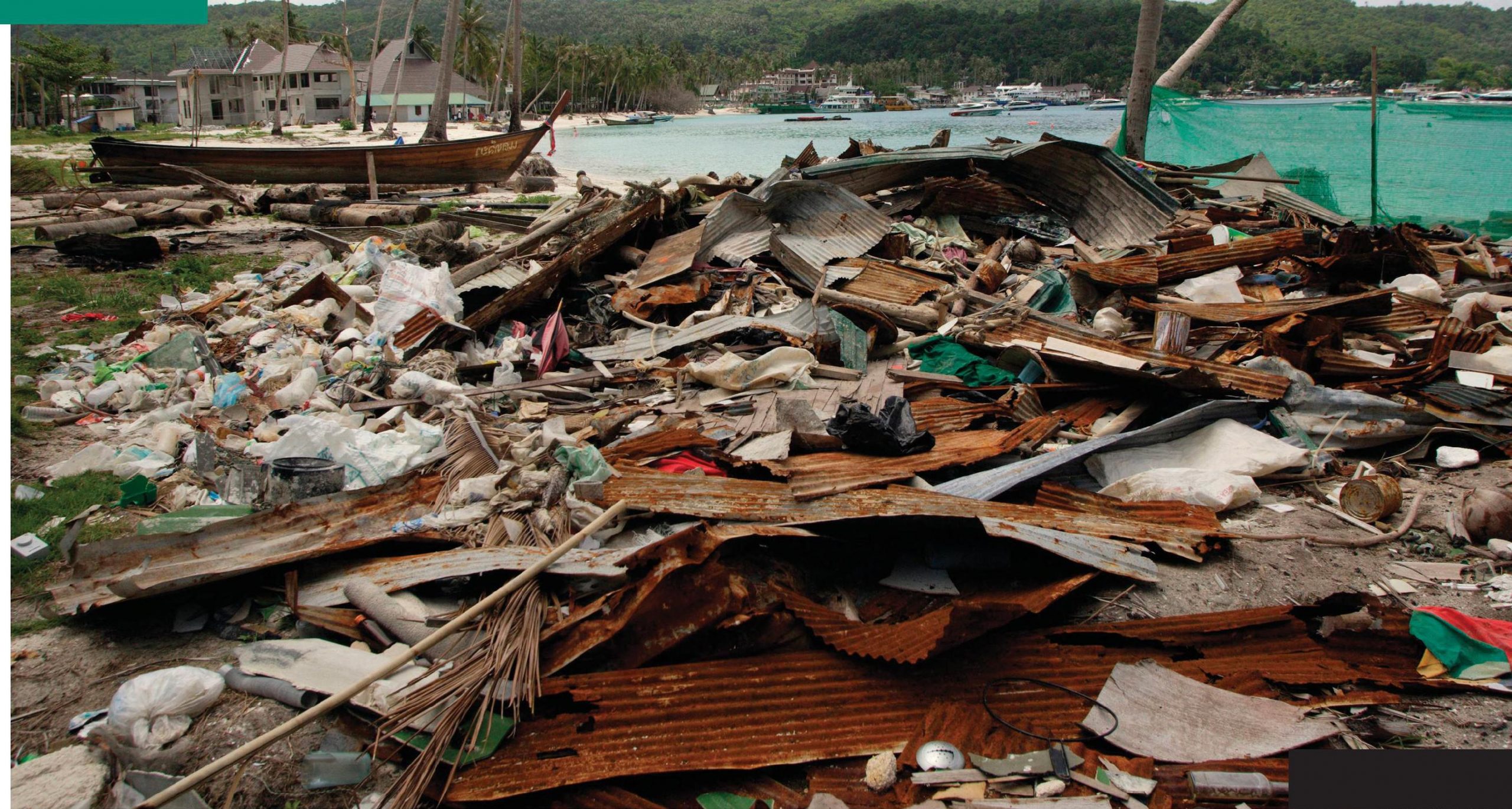
On 26 December 2004, a tsunami swept through the Indian Ocean triggered by a series of strong undersea earthquakes registering up to 8.9 on the Richter scale. Within minutes, many lives were lost, populations were displaced, livelihoods, homes and infrastructures were destroyed, and development gains were set back. This shocking disaster underscored an important fact: as populations boom in coastal regions worldwide, tsunamis pose a greater risk than ever before. At the same time, this tsunami was the best documented in history, creating an opportunity to learn how to avoid such catastrophes in the future.
Table 1 is a timeline of how the 2004 tsunami impacted upon communities across the Indian Ocean. One such community was the island of Koh Phi Phi Don (the biggest of the Phi Phi islands) off the southwest coast of Thailand. Koh means island in Thai. Today the island has recovered, and again attracts large numbers of tourists. Strategies have been put in place to reduce vulnerability to tsunamis, but total protection remains impossible.
Your organisation does not have access to this article.
Sign up today to give your students the edge they need to achieve their best grades with subject expertise
Subscribe




